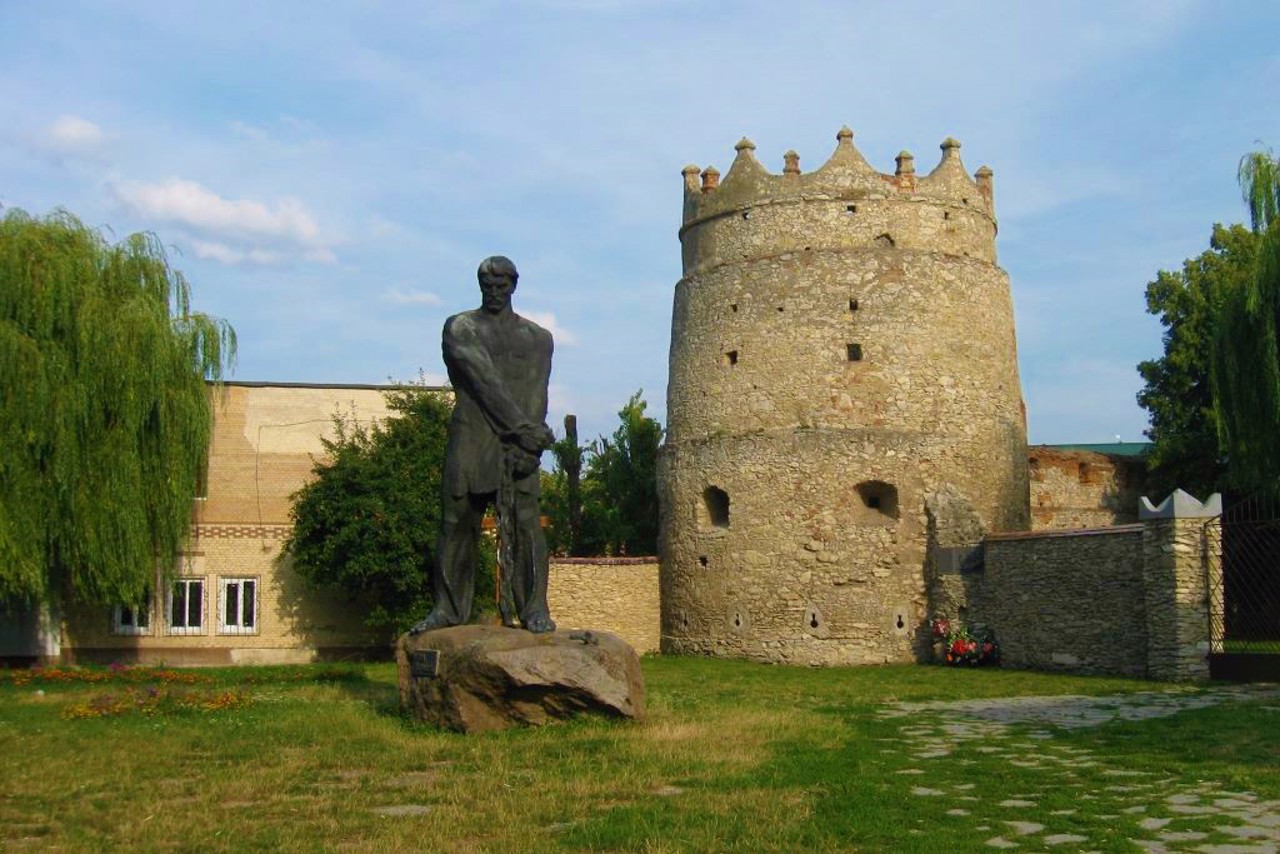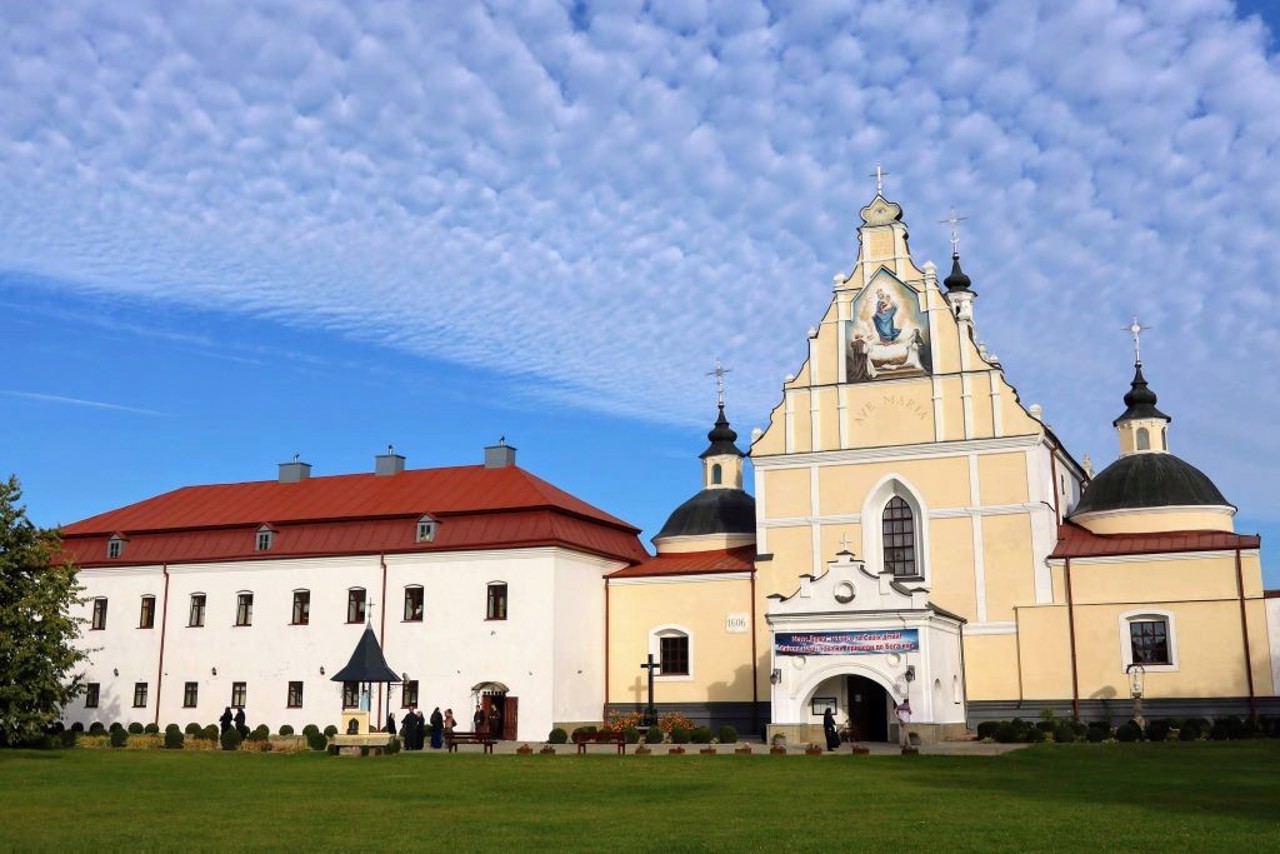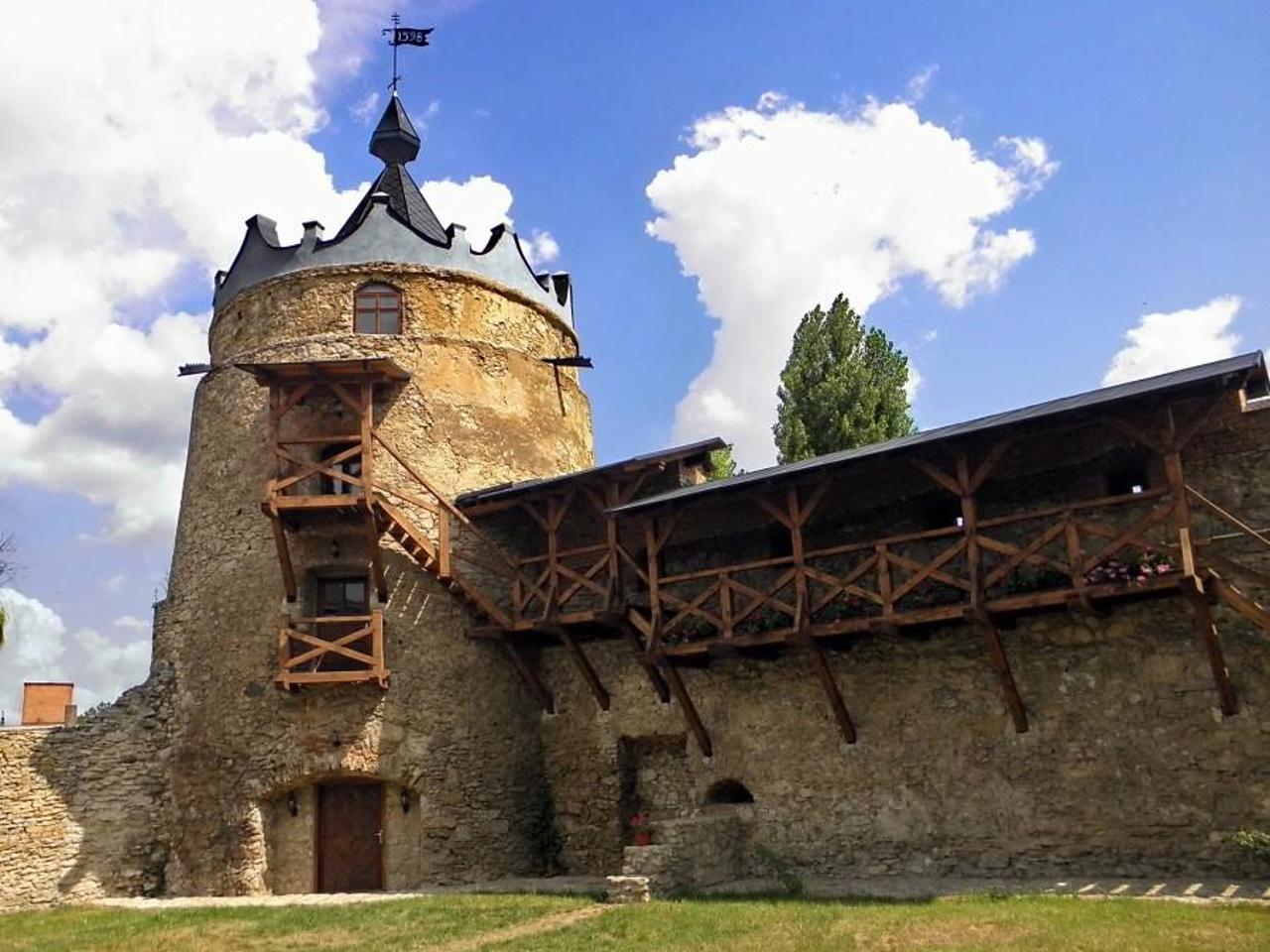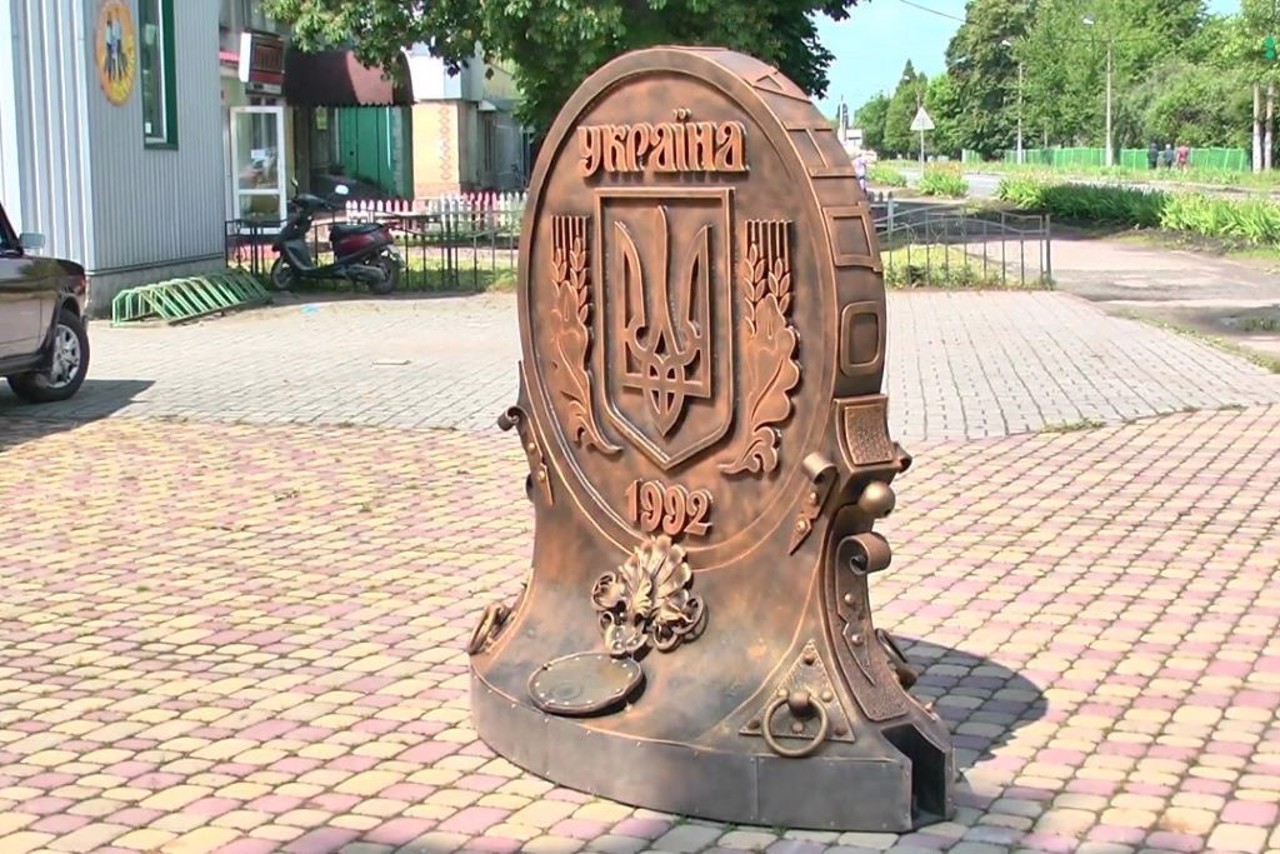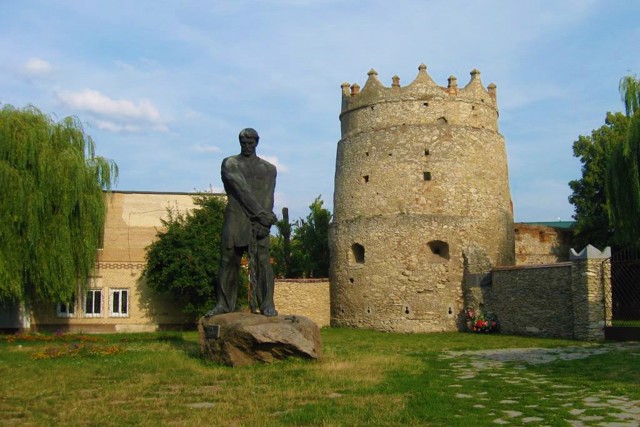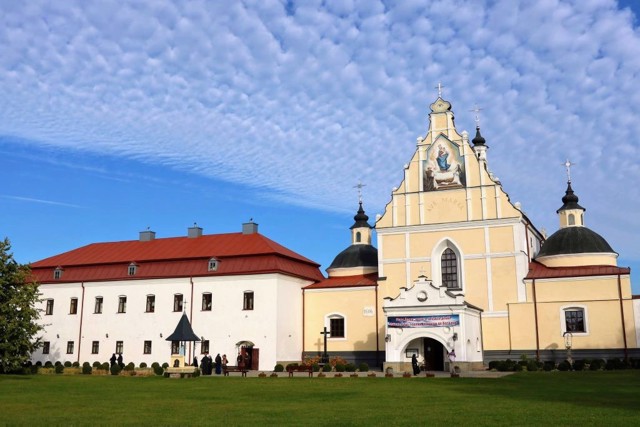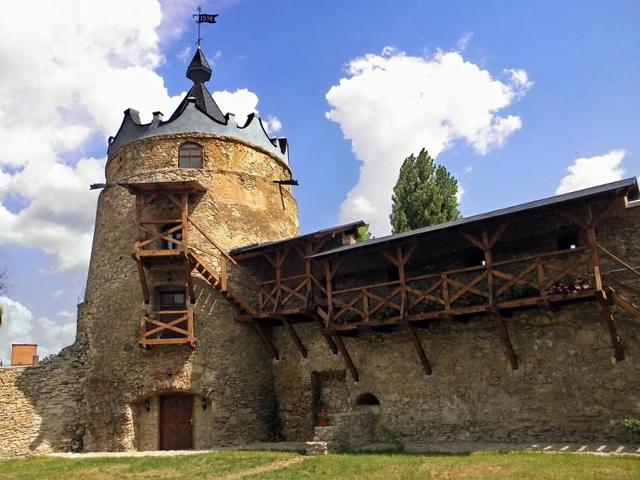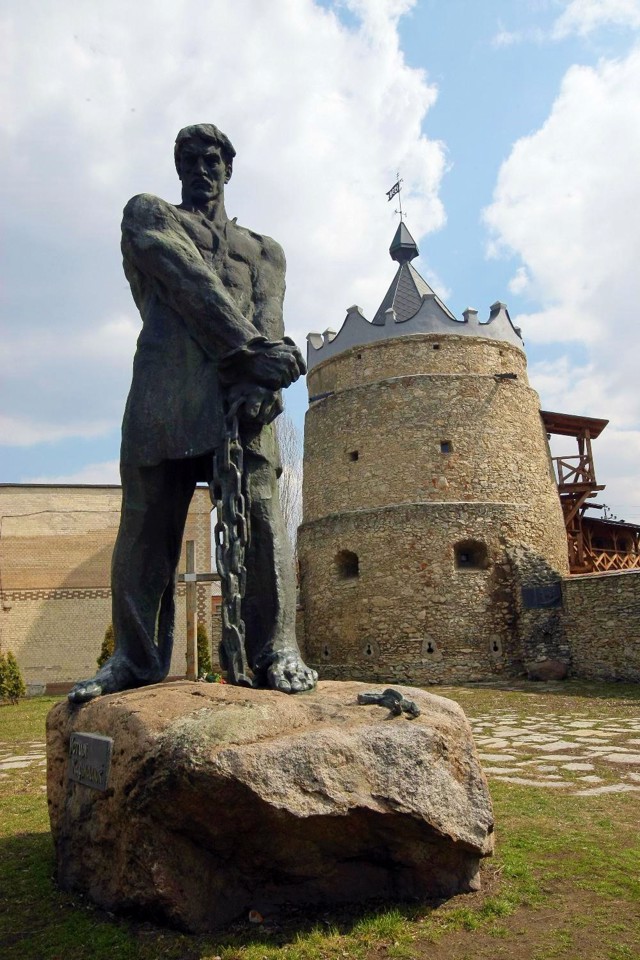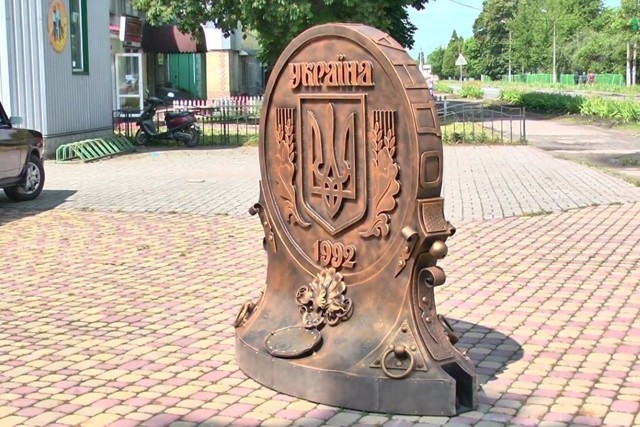Functional temporarily unavailable
Letychiv
Travel guide online Letychiv
General information about Letychiv
Letychiv - a town at the confluence of the Vovk River with the Pivdenniy Buh River, on the Vinnytsia - Khmelnytskyi highway.
It has been known since 1362, when the Lithuanian feudal lords began the construction of the first fortress. Magdeburg law has existed since 1429. In 1598, Yan Potoski, the headman of Kamyanets, built a stone castle. The round tower and fragments of the walls, which later became part of the Dominican monastery complex, have been preserved.
The Church of the Assumption (XVI-XVII centuries) is a sanctuary of the icon of the Letychiv Mother of God - the patroness of Podillya. After the second division of the Polish-Lithuanian Commonwealth in 1793, Letychiv became part of the Russian Empire, the monastery was closed.
In the 19th century, the city was ...
Letychiv - a town at the confluence of the Vovk River with the Pivdenniy Buh River, on the Vinnytsia - Khmelnytskyi highway.
It has been known since 1362, when the Lithuanian feudal lords began the construction of the first fortress. Magdeburg law has existed since 1429. In 1598, Yan Potoski, the headman of Kamyanets, built a stone castle. The round tower and fragments of the walls, which later became part of the Dominican monastery complex, have been preserved.
The Church of the Assumption (XVI-XVII centuries) is a sanctuary of the icon of the Letychiv Mother of God - the patroness of Podillya. After the second division of the Polish-Lithuanian Commonwealth in 1793, Letychiv became part of the Russian Empire, the monastery was closed.
In the 19th century, the city was one of the centers of the popular uprising led by Ustym Karmaluk. In front of the tower there is a monument to the national hero who was buried here in 1835 (the grave is preserved in the old Polish cemetery).
Now Letychiv is known as a large fishing center. Popular Letychiv roadside fish market, where there is a huge selection of smoked and dried fish.
Летичів - селище при впадінні річки Вовк в Південний Буг, на трасі Вінниця - Хмельницький.
Відоме з 1362 року, коли литовські феодали почали будівництво першої фортеці. Магдебурзьке право мало з 1429 року. В 1598 році кам'янецький староста Ян Потоцький звів кам'яний замок. Збереглися кругла вежа та фрагменти стін, які пізніше увійшли в комплекс домініканського монастиря.
Успенський костел (XVI-XVII століття) є санктуарієм ікони Летичівської Божої Матері - покровительки Поділля. Після другого поділу Речі Посполитої в 1793 році Летичів увійшов до складу російської імперії, монастир був закритий.
В XIX столітті місто було одним із центрів народного повстання під проводом Устима Кармалюка. Перед вежею встановлено пам'ятник народному герою, який був похований ту ...
Летичів - селище при впадінні річки Вовк в Південний Буг, на трасі Вінниця - Хмельницький.
Відоме з 1362 року, коли литовські феодали почали будівництво першої фортеці. Магдебурзьке право мало з 1429 року. В 1598 році кам'янецький староста Ян Потоцький звів кам'яний замок. Збереглися кругла вежа та фрагменти стін, які пізніше увійшли в комплекс домініканського монастиря.
Успенський костел (XVI-XVII століття) є санктуарієм ікони Летичівської Божої Матері - покровительки Поділля. Після другого поділу Речі Посполитої в 1793 році Летичів увійшов до складу російської імперії, монастир був закритий.
В XIX столітті місто було одним із центрів народного повстання під проводом Устима Кармалюка. Перед вежею встановлено пам'ятник народному герою, який був похований тут в 1835 році (збереглася могила на старому польському кладовищі).
Зараз Летичів відомий як великий центр рибного промислу. Популярний Летичівський придорожній рибний базар, де є величезний вибір копченої та в'яленої риби.
Сплануй своє перебування у Letychiv
What to see and where to go in Letychiv
Tourist attractions and museums of Letychiv
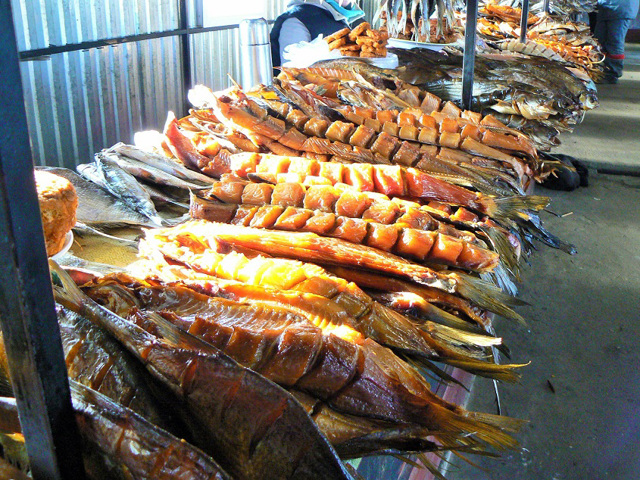
Fish Market
Gastrotourism
One of the most famous fish markets was established in Letychiv in the early 1990s.
During the collapse of the Soviet economy, many residents of the village, located on the shore of the Shchedrivskyi (Podilskyi) reservoir. at the confluence of the Vovk River into the Pivdenniy Buh, engaged in fishing, processing and trading fish. At first, spontaneous trade was carried out along the route, but in the mid-2000s, a centralized indoor fish market was opened.
Here you can buy both fresh fish and smoked, cured, dried, salted fish. Local fish include crucian carp, carp, bream, and crucian carp, but mainly the people of Letychiv currently process imported fish. Fried cutlets made of carp roe are popular.
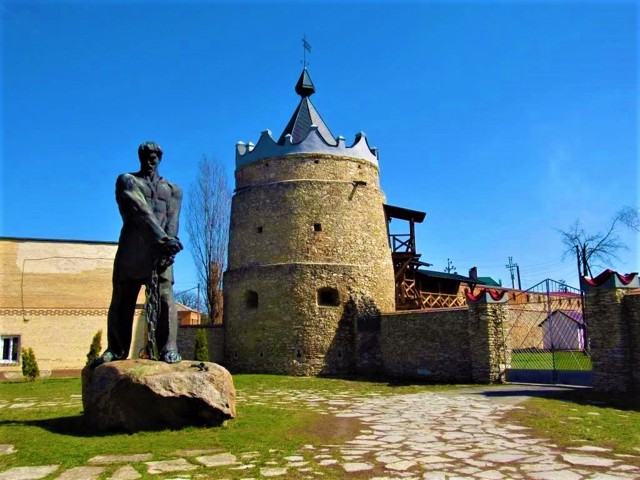
Letychiv Castle (Dominican Monastery)
Castle / fortress , Temple , Architecture
The elegant round toothed tower rising above the Vinnytsia-Khmelnytskyi highway is a fragment of the Letychiv castle, built in the 16th century by the Kamyanets chief Yan Potocki at the request of the Polish king.
Previously, there was a wooden fortress in Letychiv, which was repeatedly burned by the Tatars. After Potocki converted from Protestantism to Catholicism in 1606, the castle came under the control of Dominican monks. They brought with them the icon of the Mother of God from the Vatican (a copy of the icon from Saint Peter's Cathedral in Rome) and began rebuilding the castle into a monastery.
The Church of the Assumption (XVI-XVII centuries) has since that time been the sanctuary (holy repository) of the icon of the Virgin of Letychiv - the patroness of Podillya (now the icon is in Lublin, Poland, and a copy is in Letychiv).
During the Liberation War of 1648-1652, the monastery was destroyed, but was soon restored.
During the Second World War, a concentration camp was located here, during Soviet times - warehouses.
In 1989, the church was returned to the Roman Catholic parish of the Assumption of the Blessed Virgin Mary, the restoration is ongoing.
In front of the tower there is a monument to the national hero Ustim Karmalyuk, who is buried here.
Reviews Letychiv
Geographical information about Letychiv
| {{itemKey}} | {{itemValue}} |
|---|---|
| Region |
Khmelnytskyi |
